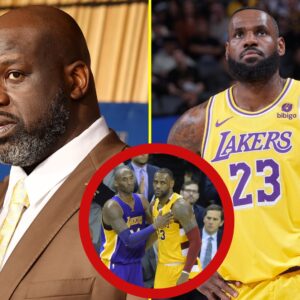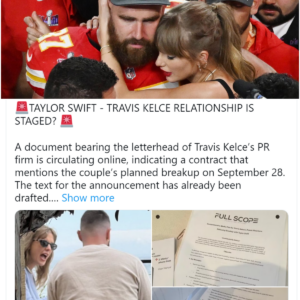SPACEX has launched its first satellites with cell service in collaboration with T-Mobile.
Lift-off occurred on Wednesday from California using SpaceX’s powerful Falcon 9 rocket.

SpaceX has launched its first satellites with cell service in collaboration with T-Mobile.Credit: AP
The rocket carried 21 Starlink satellites – six of which are equipped with T-Mobile’s direct-to-cell capabilities.
This marks the start of a revolutionary partnership with T-Mobile to diminish mobile dead zones across the United States.
“This is a significant milestone following last year’s joint announcement of the Coverage Above and Beyond initiative,” T-Mobile said in a press release.
The initiative aims to bring connectivity nearly everywhere in the US even in the most remote locations.
Musk’s Starship booster explodes but launch still ‘incredibly successful’
“Now that the satellites are in low-Earth orbit, field testing can soon begin on the new service that will leverage SpaceX’s constellation of satellites with direct-to-cell technology and T-Mobile’s industry-leading wireless network,” T-Mobile added.
These specially designed Starlink satellites carry onboard cell towers that will beam signals directly to compatible phones.
Initial testing will focus on voice calls, data coverage, and text messaging, especially to underserved communities.
“Our mission is to be the best in the world at connecting customers to their world and today is another step forward in keeping our customers connected even in the most remote locations for added peace of mind when they need it most,” Mike Katz, President of Marketing, Strategy and Products, T-Mobile, said yesterday.
“Today’s launch is a pivotal moment for this groundbreaking alliance with SpaceX and our global partners around the world, as we work to make dead zones a thing of the past,” Katz added.
SpaceX is also planning to partner with telecommunication providers from other countries to offer the same service.
Last year, the company began talks with Japan’s KDDI, Australia’s Optus, New Zealand’s One NZ, and Canada’s Rogers.
“This [technology] will allow for mobile phone connectivity anywhere on Earth,” SpaceX CEO Elon Musk said on X, formerly Twitter.
“Note, this only supports ~7Mb per beam, and the beams are very big,” he added.
“So while this is a great solution for locations with no cellular connectivity, it is not meaningfully competitive with existing terrestrial cellular networks.”
News
Kim Kardashian shows off her curves and continues to plug controversial $60k Cybertruck – as the Tesla vehicle is plagued with safety problems
Kim Kardashian showed off her toned curves in a skimpy ensemble as she continued to plug her controversial $60k Tesla Cybertruck – amid mounting problems with the vehicle line. The…
Kim Kardashian unveils millennial pink bob in gritty photo shoot… after bleach blonde hair left her looking like Kanye West’s new wife Bianca Censori
Kim Kardashian debuted her new hair in artistic, makeup-free Instagram portraits on Monday. The reality TV personality, 43, showed off her edgy new look after dying her hair a cotton candy pink…
Kim Kardashian the copycat! Reality star looks just like Kanye West’s new wife Bianca Censori with bleached hair, no bra and skimpy ‘apron’ top
Kim Kardashian looked as if she had taken a page from the stylebook of her ex-husband Kanye West’s current wife Bianca Censori during an outing in Los Angeles on Sunday. The 43-year-old reality TV icon…
Khloe Kardashian fans praise the star’s ‘flawless’ figure as she rocks a tiny black bikini while on a yacht
Khloe Kardashian has stunned fans as she rocked a teeny tiny bikini during a yacht ride. In a new Instagram post, Khloe, 39, shared a snapshot of herself in a black…
Kim Kardashian critics say she’s ‘morphing into’ Bianca Censori with ‘fried’ short pink hair and bodysuit in new pics
Fans have accused Kim Kardashian of morphing into her ex-husband Kanye West’s younger wife Bianca Censori in new pics. The Kardashians star recently chopped her hair and dyed…
Jennifer Lopez looks topless as she shows off her incredible body at 54 in bra with a nipple on it for sεxy new video
Jennifer Lopez ‘can’t get enough’ of flashing her bra in her sεxy new music video with rapper Latto. JLo, 54, appeared in one scene wearing a red…
End of content
No more pages to load











